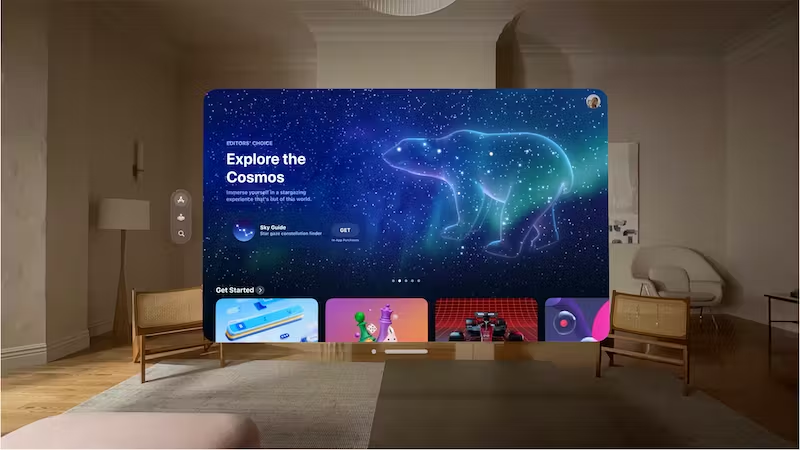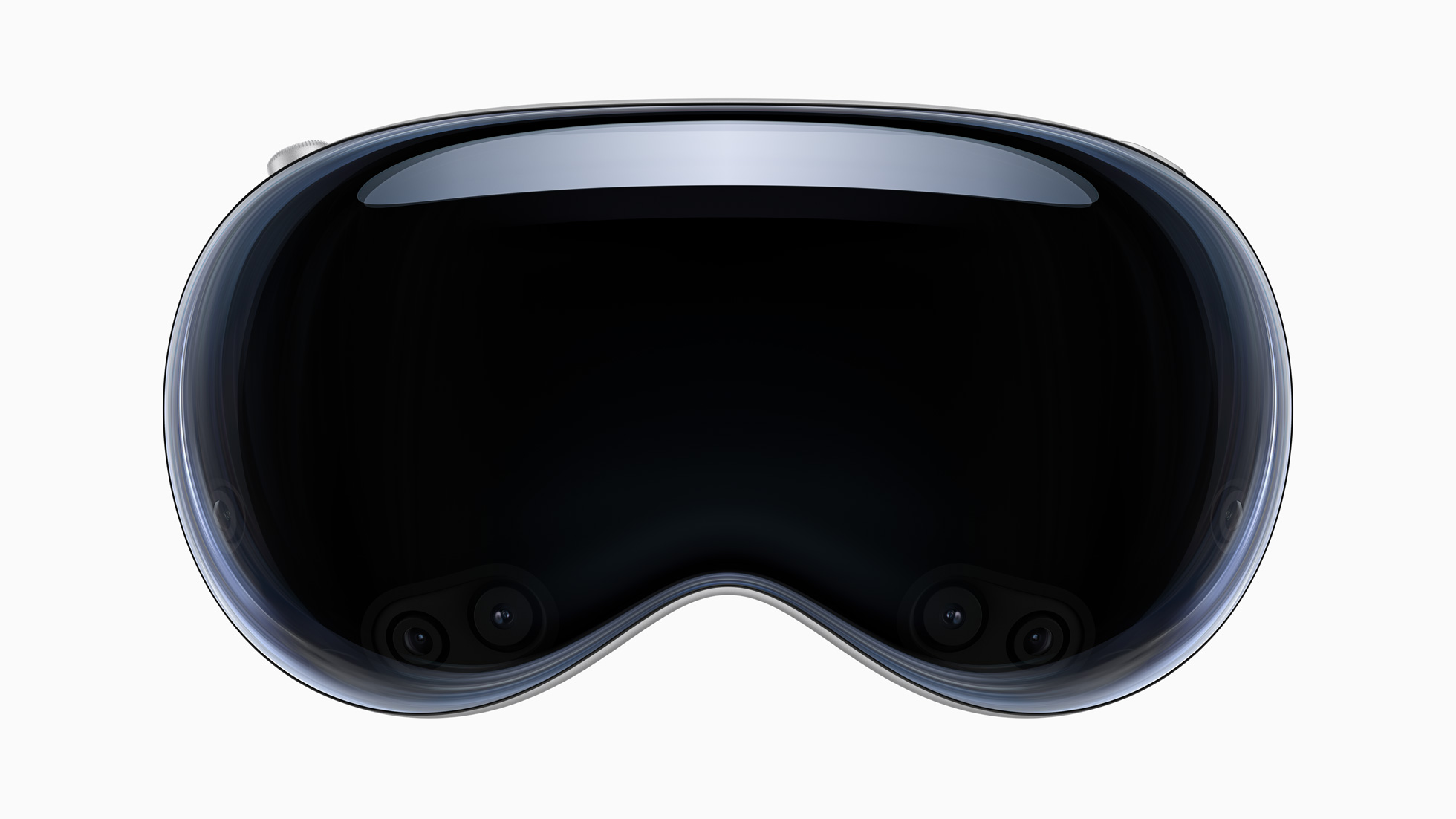Apple’s latest announcements and insights from WWDC 2023 indicate that spatial design will revolutionize UX/UI, offering users an immersive and intuitive experience across various Apple products and platforms.
The Rise of Spatial Design
Apple’s presentation at WWDC 2023 shed light on the increasing importance of spatial design in shaping the future of user experiences.
Spatial design enables designers to create three-dimensional environments that users can explore and interact with, blurring the boundaries between the physical and digital worlds. This immersive approach empowers users to engage with technology in a more intuitive and natural manner.

ARKit and Spatial Computing
Apple’s ARKit and Spatial Computing technologies pave the way for innovative spatial design possibilities. By leveraging the power of augmented reality (AR), designers can overlay digital content onto the real world, seamlessly integrating virtual elements into our physical environment. This opens up exciting avenues for creating immersive user interfaces, virtual try-on experiences, interactive gaming, and much more.
Collaborative Experiences with SharePlay
Apple’s SharePlay feature takes spatial design to the next level by enabling users to engage in shared experiences across devices. With SharePlay, users can simultaneously interact with digital content, collaborate on projects, and communicate seamlessly within the same virtual space. This collaborative aspect of spatial design enhances the sense of connection and interaction among users, regardless of their physical location.
Spatial Sound and Audio Experiences
Spatial design is not limited to visuals alone. Apple’s focus on spatial sound design emphasises the importance of audio experiences in creating immersive environments. By simulating realistic soundscapes and directional audio cues, designers can enhance the sense of presence and engagement for users, further blurring the line between the physical and digital realms.
A New Paradigm for UX/UI designers
As spatial design becomes an integral part of the UX/UI design landscape, designers must adapt to this new paradigm. They need to think beyond traditional two-dimensional interfaces and consider the spatial context in which users will interact with their products. Designers will need to master concepts such as depth, scale, perspective, and interaction within virtual spaces to create seamless and captivating user experiences.
Apple’s focus on spatial design at WWDC 2023 signals a new era in UX/UI design. By embracing the immersive power of augmented reality, collaborative experiences, spatial sound, and more, designers have an unprecedented opportunity to create intuitive, engaging, and memorable experiences for users. As spatial design becomes the new frontier, UX/UI designers must expand their skill sets and embrace the multidimensional possibilities that this exciting field offers. By harnessing the potential of spatial design, we can expect the future of digital experiences to be truly immersive, seamless, and transformative.
Learning how to design for Apple Vision Pro
Apple has released a set of videos that can help designers and developers create new apps for the headset:


